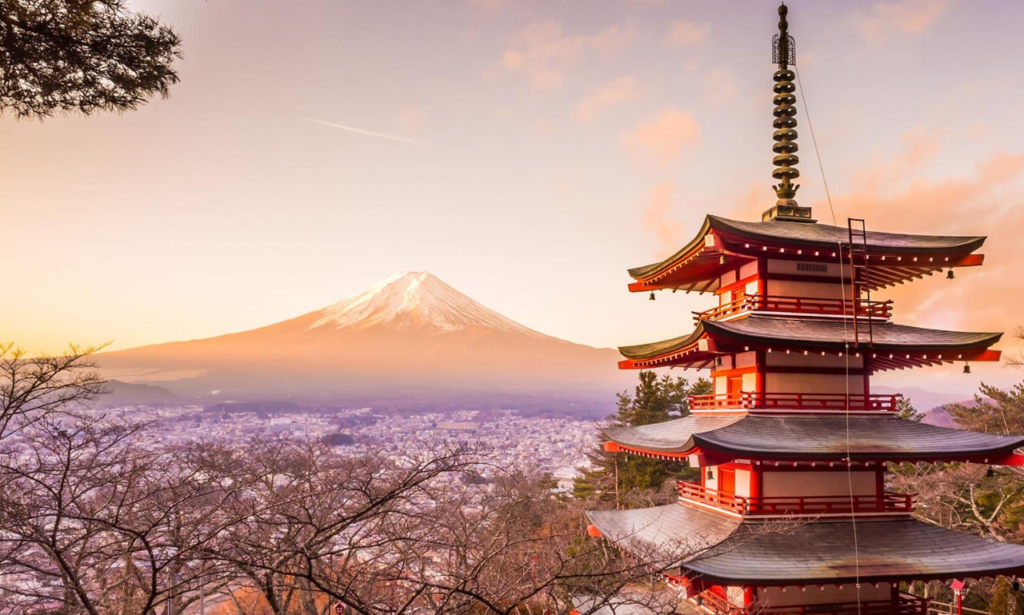Mount Fuji, Japan’s highest peak, stands as an iconic symbol of natural beauty and cultural significance. Whether you are a seasoned mountaineer or a first-time visitor, our extensive guide provides an in-depth look into all aspects of mount fuji, from climbing tips to historical insights and nearby attractions. This article aims to surpass existing content by delivering unparalleled detail and rich information.
Overview of mount fuji
Historical and Cultural Significance
Mount fuji, or Fuji-san, has been an integral part of Japanese culture for centuries. Revered as a sacred mountain, it has inspired countless works of art, literature, and spiritual practices. Its symmetrical cone shape is celebrated in traditional Japanese art, including the famous ukiyo-e woodblock prints by Katsushika Hokusai.

Key Historical Facts:
- Formation: Mount fuji is a stratovolcano, formed over thousands of years through volcanic activity.
- First Recorded Ascent: Historical records indicate that mount fuji was first ascended by a Buddhist monk, En no Gyoja, during the 7th century.
Geographical Features
Standing at 3,776 meters (12,389 feet) above sea level, mount fuji is located on Honshu Island, straddling Shizuoka and Yamanashi Prefectures. The mountain’s summit is covered in snow for most of the year, contributing to its striking appearance.
Geographical Highlights:

Caldera
The summit features a caldera, which is an expansive crater formed by volcanic eruptions.
Lakes
Mount fuji is surrounded by five lakes: Kawaguchi, Yamanaka, Sai, Shoji, and Motosu, each offering unique views and recreational activities.

Climbing mount fuji
Best Time to Climb
The official climbing season for mount fuji runs from early July to early September. During this period, the weather is relatively mild, and mountain huts are operational.
Optimal Climbing Period:
- Summer Months: July and August are ideal for climbing, with the most stable weather conditions and the highest number of facilities.
Routes and Trails

Mount fuji features several climbing routes, each offering different experiences. The most popular trails are:
- Yoshida Trail: The most frequented route, starting from the Fifth Station of the Subaru Line.
- Subashiri Trail: Known for its scenic beauty and less crowded paths.
- Fujinomiya Trail: The shortest route, starting from the Fujinomiya Fifth Station.
- Gotemba Trail: Offers a less steep climb but is the longest route.
Routes Overview
- Yoshida Trail
Starts at Subaru Line Fifth Station
Ends at Summit
- Subashiri Trail

Starts at Subashiri Fifth Station
Ends at Summit
- Fujinomiya Trail

Starts at Fujinomiya Fifth Station
Ends at Summit
- Gotemba Trail

Starts at Gotemba Fifth Station
Ends at Summit
What to Bring
Proper preparation is crucial for a successful climb. Essential items include:
- Clothing: Layered clothing, including waterproof and windproof jackets.
- Footwear: Sturdy, high-quality hiking boots.
- Gear: Headlamp, trekking poles, gloves, and a hat.
- Supplies: Water, high-energy snacks, and a first-aid kit.
Attractions around mount fuji
Fuji Five Lakes

The Fuji Five Lakes, located at the northern base of mount fuji, are perfect for outdoor activities and relaxation. Each lake provides unique opportunities for boating, fishing, and camping.
- Kawaguchi Lake: Offers beautiful views of mount fuji and is known for its cherry blossoms in spring.
- Yamanaka Lake: The largest of the five lakes, popular for water sports and camping.
- Motosu Lake: Famous for its clear waters and views featured in the 1,000-yen bill.
- Shoji Lake: The smallest lake, providing serene landscapes and excellent fishing spots.
- Sai Lake: Known for its tranquil environment and picturesque surroundings.
Hakone

Nearby Hakone is renowned for its hot springs and scenic beauty. The area provides excellent views of mount fuji and is home to numerous ryokans (traditional Japanese inns) and onsen (hot springs).
- Hakone Open-Air Museum: Features an extensive collection of outdoor sculptures and art installations.
- Lake Ashi: Offers boat cruises with stunning views of mount fuji.
Practical Tips for Visitors
Transportation
Getting to mount fuji is convenient from Tokyo and other major cities. Various transportation options include:
- By Train: Take the JR Chuo Line to Otsuki Station, then transfer to the Fujisan Limited Express.
- By Bus: Direct buses are available from Tokyo, Yokohama, and Shinjuku.
Accommodation
During the climbing season, numerous mountain huts provide lodging on the mountain. For those preferring to stay at the base, there are a range of hotels and guesthouses in the surrounding towns.
Popular Accommodation Options:
- Mountain Huts: Located at various stations along the climbing routes.
- Local Hotels: Found in the towns of Fujiyoshida, Kawaguchiko, and Hakone.
Safety Considerations
Mount Fuji’s weather can be unpredictable. Visitors should be prepared for sudden changes in temperature and conditions. It’s advisable to check weather forecasts before ascending and consult local guides for up-to-date information.
Bottom Lines
Mount fuji, with its majestic presence and rich cultural heritage, offers an unparalleled experience for both adventurers and those seeking serene natural beauty. Whether you are drawn to its challenging climbing routes, the tranquility of the surrounding lakes, or the unique charm of nearby attractions like Hakone, mount fuji presents an array of opportunities for exploration and discovery.
By understanding the best climbing seasons, preparing appropriately, and exploring the diverse attractions in its vicinity, you can make the most of your visit to this iconic mountain. Our comprehensive guide aims to be the ultimate resource for planning your journey, ensuring that you are well-equipped to experience Mount Fuji’s grandeur and significance. Embark on this adventure with the confidence that you have all the knowledge needed to fully appreciate and enjoy one of Japan’s most revered landmarks.
Read More: https://theinstantdigest.com/shinjuku-gyoen-national-garden-guide/
